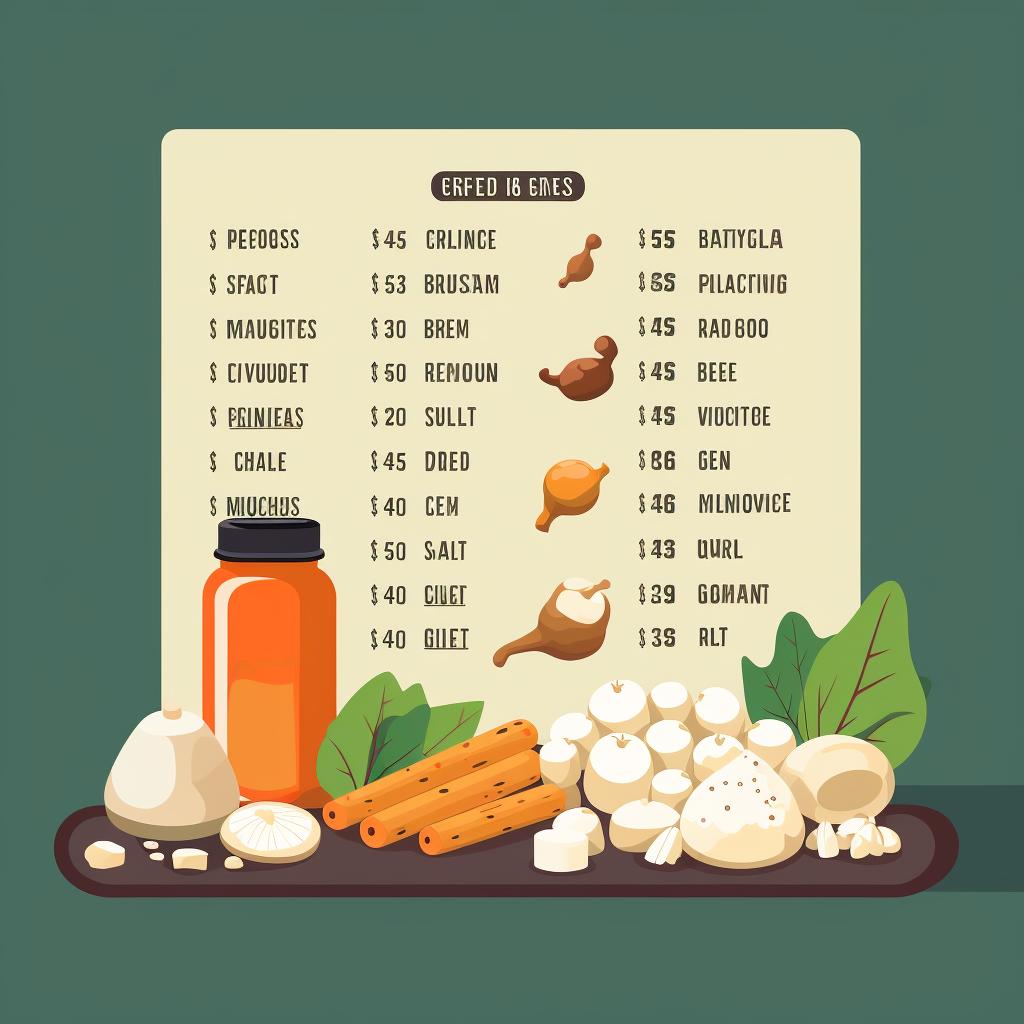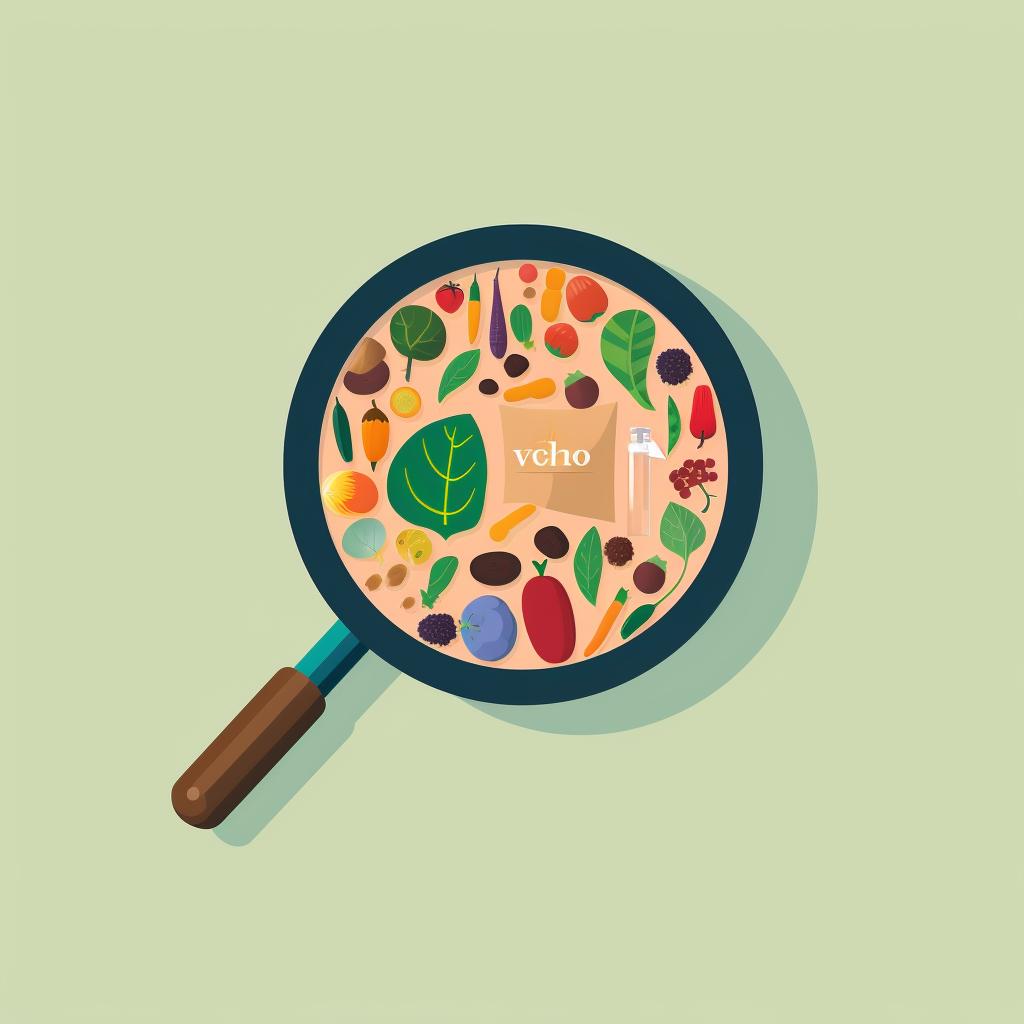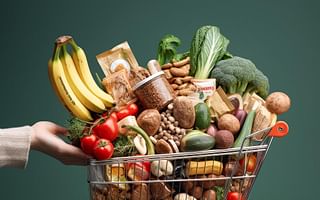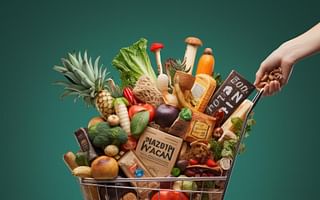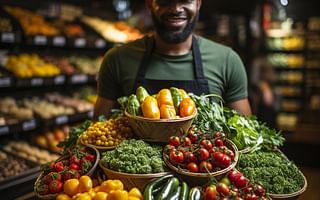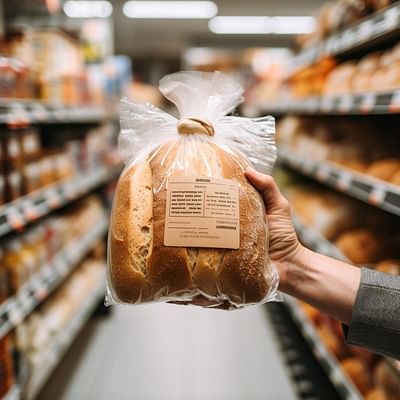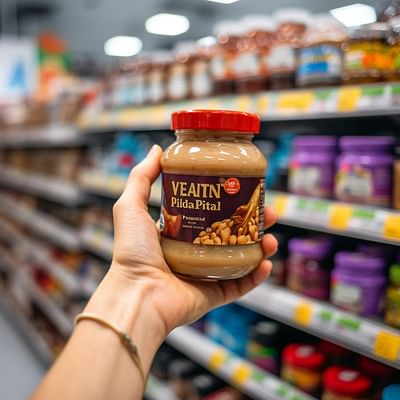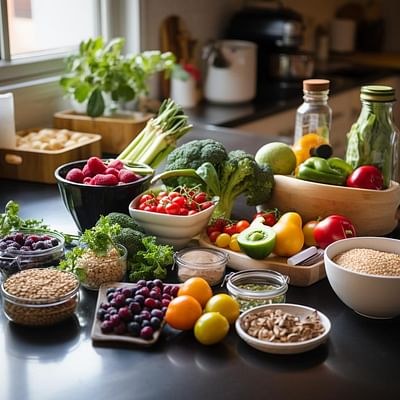Decoding Food Labels: A Vegan's Guide 🌱
Embarking on a vegan journey can be both exciting and challenging. One of the critical aspects of this lifestyle change is learning how to decode food labels. This skill is essential to ensure that what you consume aligns with your vegan values. Our step-by-step guide above provides a comprehensive approach to understanding food labels from a vegan perspective.
While the 'vegan' label on a product is a good starting point, it's not always present even on vegan-friendly products. That's why it's crucial to delve deeper and understand what to look for on the label. A thorough read of the ingredients list can reveal hidden non-vegan items like milk, eggs, honey, and certain food colorings and additives.
It's also important to note that some ingredients may not be obviously non-vegan. Casein and whey, for example, are derived from milk, and certain sugars are processed with bone char. These hidden non-vegan ingredients can sometimes be overlooked, so it's important to familiarize yourself with them.
When in doubt, don't hesitate to do your research. There are many online resources and apps available to help you determine if a product is vegan-friendly. Remember, transitioning to a vegan lifestyle is a journey, and it's okay to take your time to learn and adapt.
At Lonely Vegan, we're here to support you every step of the way. Whether you're trying to figure out what you can eat on a vegan diet, or looking for tips on how to successfully transition to a vegan lifestyle, we've got you covered. With our guides, FAQs, and resources, you'll never feel alone on your vegan journey.


